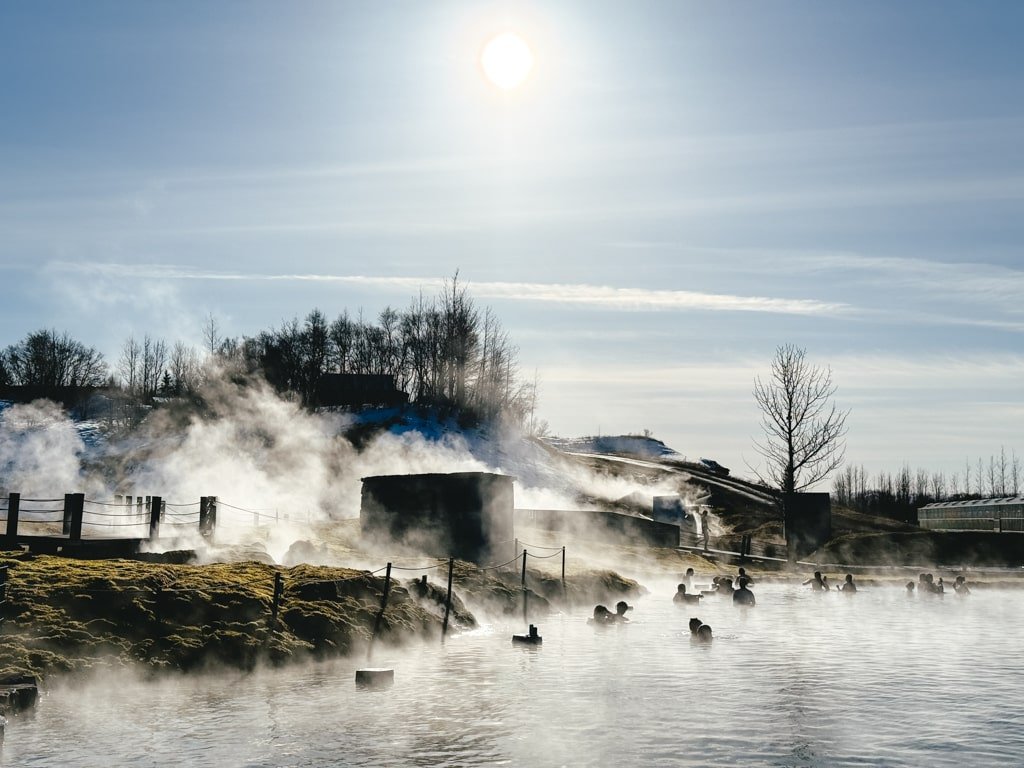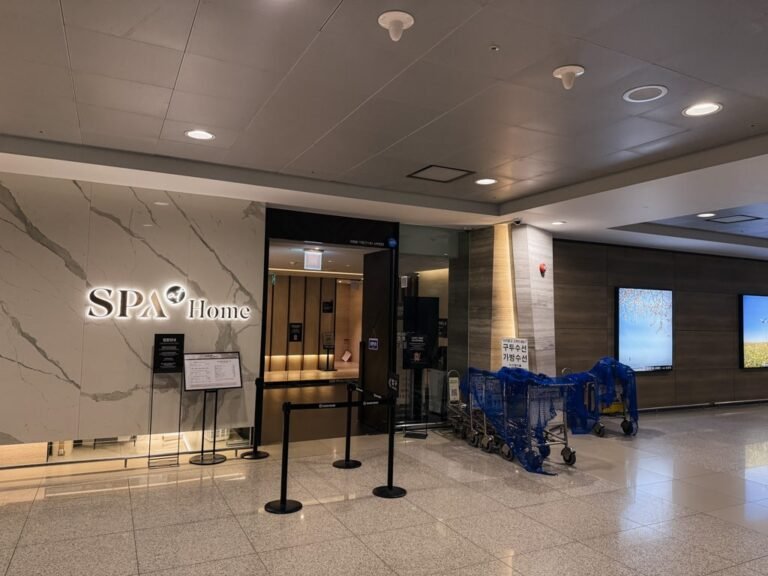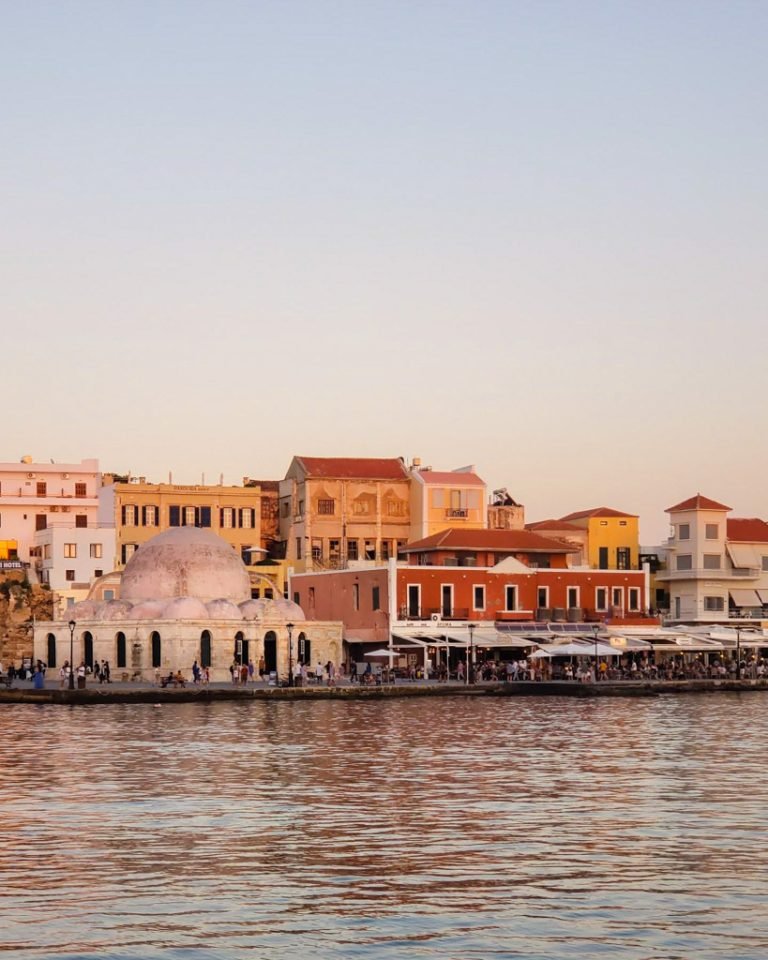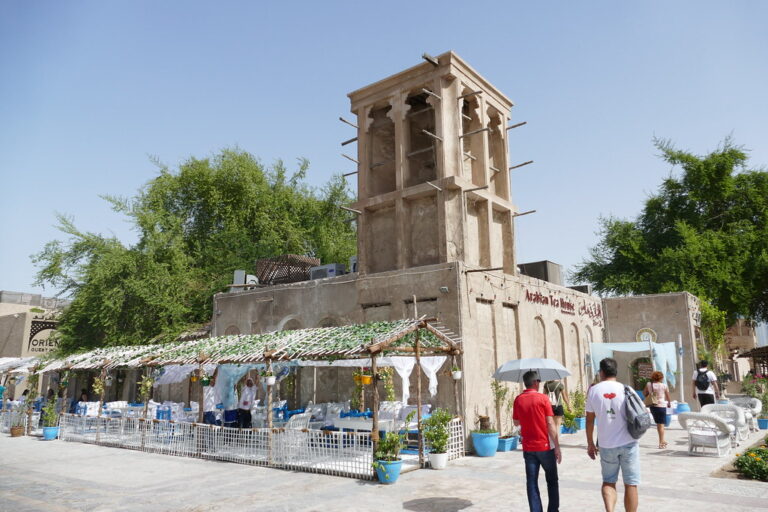This article may contain affiliate links. When you purchase something we recommend, we make a small commission. You don’t pay anything extra. 💘 For more details, check out our Terms of Use page.
Iceland has a ton of things to do and see. If you don’t believe me, here is a list of my top favorite 30+ things.
One of the main highlights for many visitors is a visit to a geothermal lagoon, and you’ll get a lot of different options when you start looking.
While there are a lot of good spots, I think the Secret Lagoon is one of the best in terms of not overly touristy spots, while still being in a good location for most visitors to add to their itinerary.
While not exactly “secret,” it is pleasantly low-key compared to some of the more polished, Instagram-famous lagoons.
Here is what to expect and how to prepare for an Iceland lagoon experience, especially if you’ve never been.
Quick Highlights for Secret Lagoon
Table of Contents
Toggle✨ Top Experience to Book ✨
✨ Location & How to Get There
- Located in Flúðir, South Iceland
- ~1.5 hours from Reykjavík by car — perfect for a self-drive stop
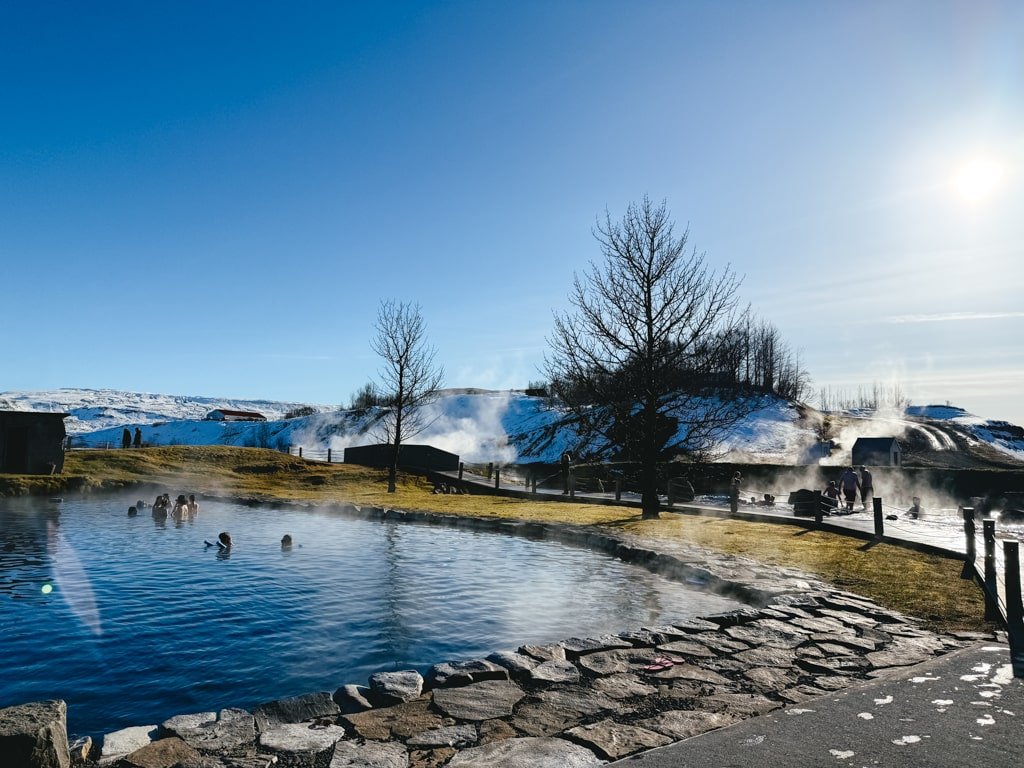
Why Visit the Secret Lagoon?
The answer to that is obvious, as it combines a lot of the cultural and natural highlights of the country. Whether the air is wintery crisp or not, the landscape and steamy natural water have been a tradition in Iceland, and a ritual that goes back years.
While part of that experience has been commercialized, you really can’t miss the opportunity to soak, relax, and see it for yourself.
When to Go?
I would say the beauty of Iceland is that bathing doesn’t stop when the temperature drops. It is probably even better with rainy or cold weather.
Just note that opening hours may vary seasonally, but that’s all you really need to worry about.
Where Is It Located?
The Secret Lagoon is in the village of Flúðir, in South Iceland, making it an easy stop on a Golden Circle itinerary or south coast road trip.
- From Reykjavík: About 1 hour and 30 minutes by car
- Very close to Friðheimar, the greenhouse restaurant famous for its tomato soup that you will want to stop and enjoy as well. Don’t miss it! You can book tickets for that here.
How is the experience at Secret Lagoon?
Visually, it’s not as sleek as other lagoons — and that’s part of the charm.
- The front parking lot feels a bit basic, but once you walk in, the steam rising from the water and the cozy wooden building create a sense of retreat.
- There’s a small geyser and steaming vents around the pool, which make for a beautiful and unique atmosphere.
- A short boardwalk lets you walk around the geothermal area — just pay attention to hot water warning signs and avoid sticking fingers, toes, or cameras too close to the bubbling springs!
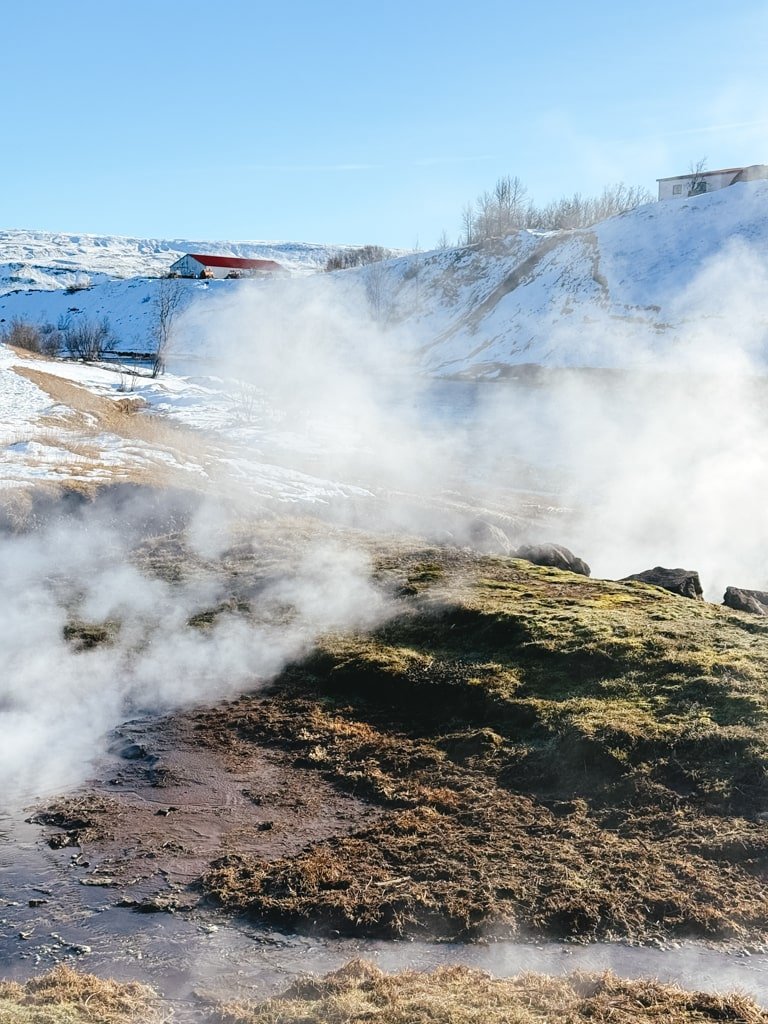
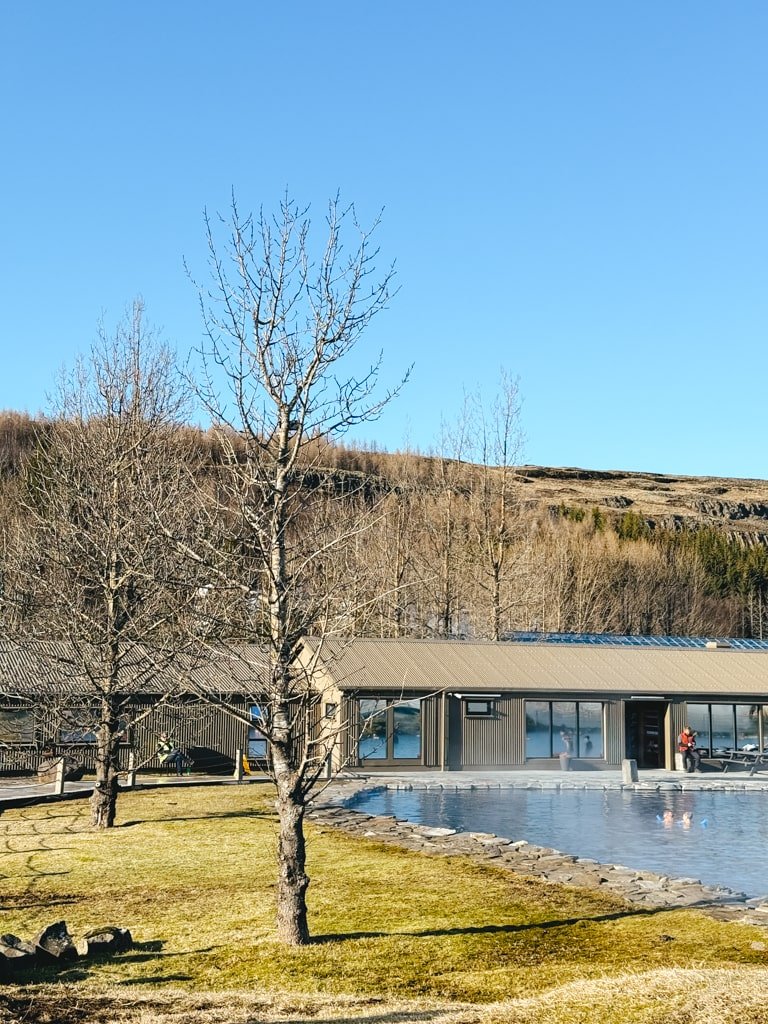
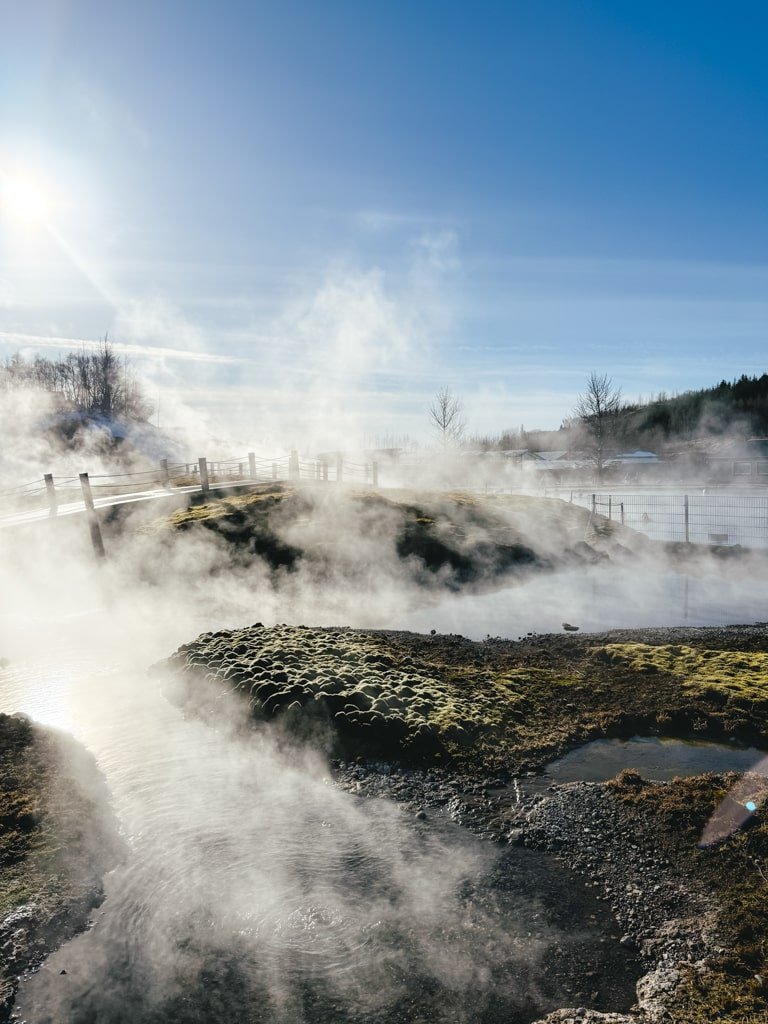
What to expect when you walk in
First things first, you’ll want to have made a reservation ahead of time during the busy season. Most of the lagoons operate with time slots, so you’ll need to be on time as well if you want to make the most of it.
The second part that might surprise some visitors is the strict hygiene protocols. The main thing to keep in mind here is that the water is natural, not chlorinated, meaning introducing bacteria from unwashed people doesn’t work well if you think about it.
That’s why, traditionally, Icelanders shower naked with soap and no bathing suit, to make sure they clean everywhere before going into the pools.
The good news is that shower facilities are gender-separated and some, like the Secret Lagoon, offer semi-private stalls for those who feel shy.
After taking a group of teenagers here, I must say the experience is less traumatic than it might appear at first to people not used to it.
For kids specifically, small exceptions are made in case they need to shower with bathing suits on — just make sure to scrub where you have to, to clean everything.
There are also a few private shower stalls if that makes you more comfortable.
While this more European approach to nudity might be a bit off for some people, it is good to keep in mind that you’ll be in a space (the changing rooms) where others find it normal to shower and get dressed or undressed openly, so it’s good to prepare children ahead of time.
Once you enter, you leave your boots and use the locker rooms before getting changed and showering. Then you’ll go into the pool from the back door, meaning you’ll have to walk a bit in the cold air before being rewarded with the nice relaxing water.
Small note: If you’re lucky to visit a community-run pool in Iceland with a local, make sure to adhere to the rules, especially the hygiene ones. These are more safe spaces for the locals, and often the place where they socialize and relax.
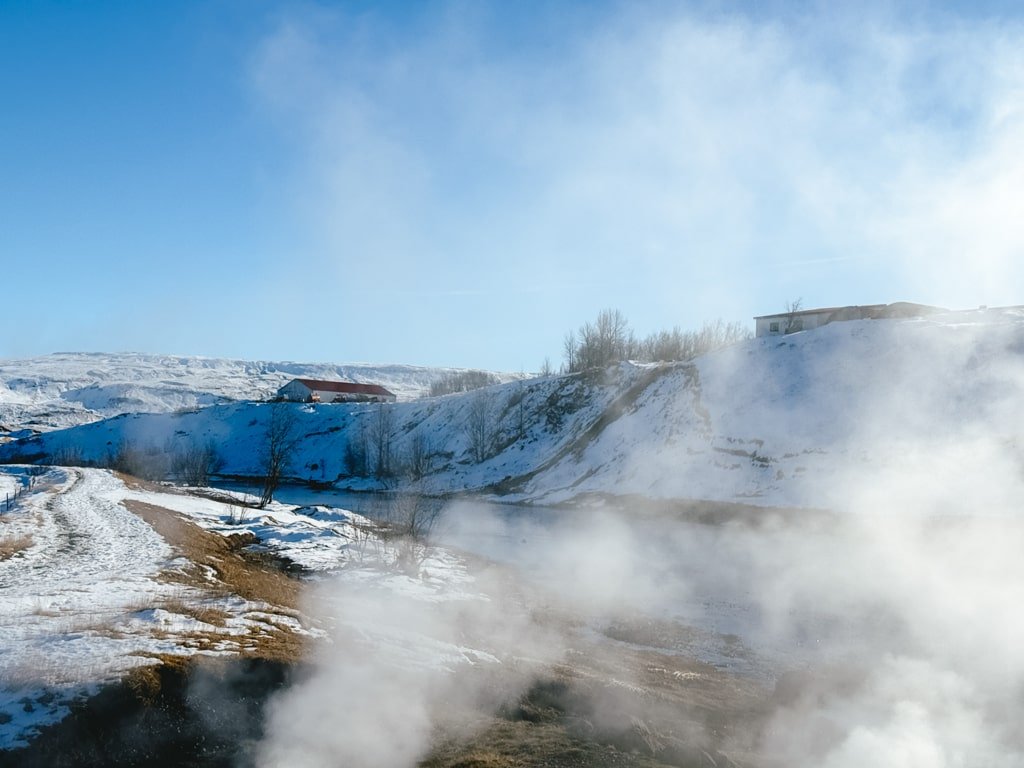
What else can you do?
Well, not much other than soak.
The Secret Lagoon specifically has a cold plunge pool you can use as well, in between your soaking, so that might be another option.
There is also a small café for refreshments and other drinks or snacks.
I personally found the idea of drinking a beer or alcohol way too much in addition to the hot water, but it’s definitely popular.
Just make sure to drink slowly, as the combination of alcohol with the hot water can make you feel dizzy. I was definitely feeling overheated after half an hour — and that was on a cold and rainy day in the winter.
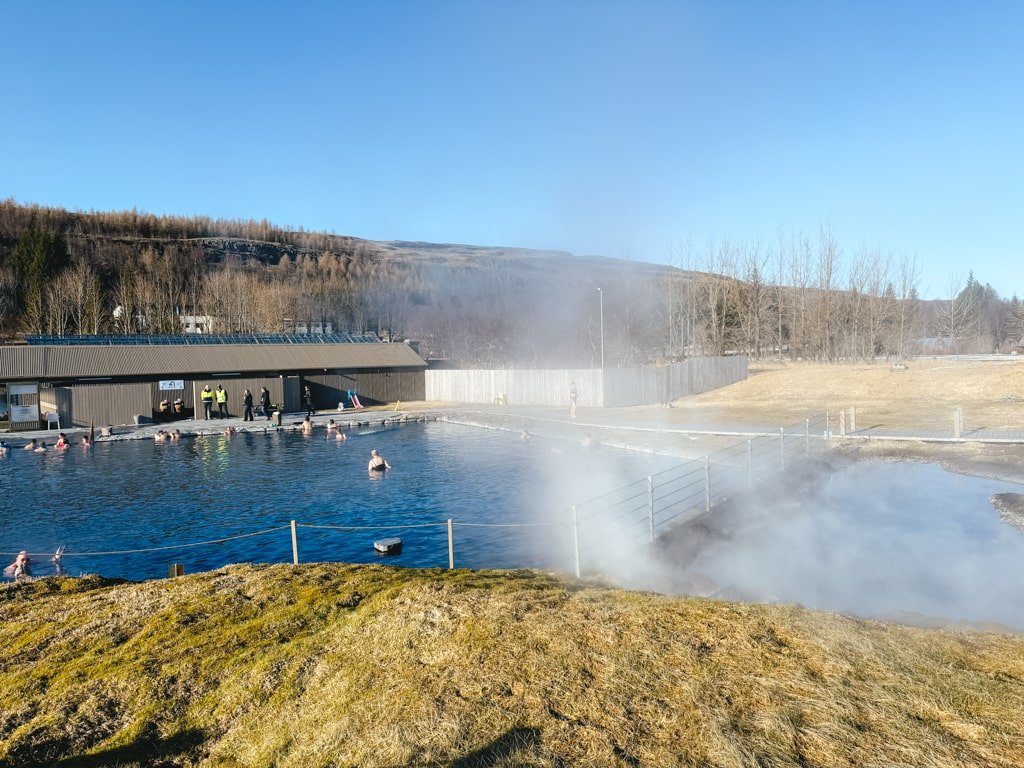
What to bring with you
In addition to the normal flip flops (tongs), bathing suit, and towel, I would definitely recommend a second towel or warmer layer for when you first come out (if it’s winter). And even a beanie to keep your head warm. Check out the full packing list to Iceland.
You might also want to consider how you’ll dry your hair after, since it will take some time with the dryers there.
What else is good to know?
On average, expect to spend about 1.5 to 2 hours at the lagoon, which means you can combine your day with other attractions and activities in the area.
The most popular in the area is the Golden Circle, which is about 300km of main attractions like Þingvellir National Park, the Geysir, and Kerid (the volcanic crater).
I must stress the importance of trying the tomato soup buffet at Friðheimar nearby, which is another attraction that gets super booked — so make sure to grab a ticket for that as well in advance.
ESSENTIAL INFORMATION
Must Know When Visiting Iceland
- Emergency: Dial 112 for police, fire, or ambulance — it’s a unified emergency service.
- Language: Icelandic is the official language, but English is widely spoken, especially in Reykjavík and tourist-friendly areas. Still, it’s nice to know “Takk” (Thank you) and “Hæ” (Hi).
- Water: Tap water is 100% safe and delicious skip bottled water entirely.
- Driving: Drive on the right-hand side. Renting a car? A 4×4 is recommended in winter. Check road.is and safetravel.is before heading out.
- Accommodation: Use Booking.com or Airbnb for the widest range. Hostels, farm stays, and guesthouses are also popular. Always book early, especially in summer.
- Weather: Icelandic weather changes fast always check forecasts at vedur.is or download the Vedur app. Wind and rain can pick up without warning. Check out the packing guide for more info.
- Activities: From cultural sights to day trips, food tours and city guides, use Get Your Guide.
Public Transport: Limited outside Reykjavík. Use Straeto buses in Reykjavík, or plan ahead for long-distance routes — but self-drive or guided tours are far more practical.
- Domestic Airlines: For islands like the Westman Islands, ferries can be booked via Herjólfur. For longer distances, look at Icelandair or Eagle Air for domestic flights.
- Taxi: Taxis are expensive and not always available. Use them only if needed or ask your hotel to call one. No Uber or rideshare services exist.
- Money: Credit and debit cards are accepted everywhere, including for tiny purchases. No need for cash in most cases.
Culture: Icelanders are friendly but value personal space. Tipping isn’t expected. Pools have strict hygiene rules (you must shower naked before entering), and hot springs are seen as a shared cultural experience not just a tourist activity.

